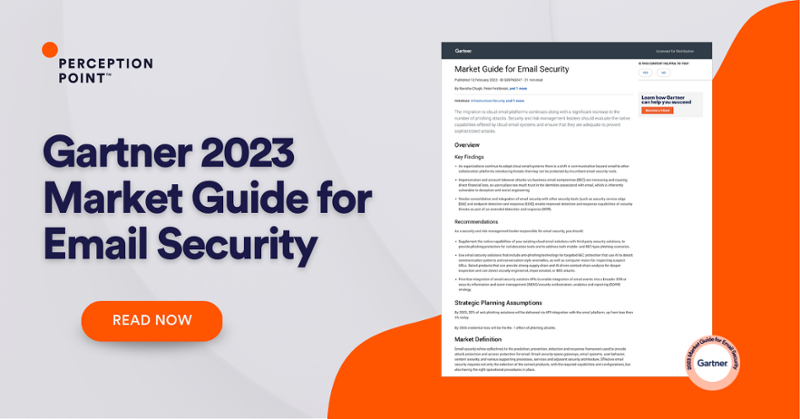EAC, short for Email Account Compromise, is a type of cybersecurity attack in which cyber attackers attempt to fully compromise a user’s email account and gain access to their inboxes through several techniques, including malware, phishing and password spray. The attacker will then impersonate the user whose account they have breached and send phishing emails to the user’s contacts in an attempt to steal data, funds and highly sensitive and personal information. Although it is often associated with Business Email Compromise (BEC), EAC has its own characteristics and all organizations should be aware of it as a separate, arguably more complex type of cyber attack.
Part of what makes EAC attacks so complex is the fact that the phishing emails are being sent from the account that the attacker has compromised, making it a cyber attack even though the email is coming from a legitimate source. This also makes them much harder for the recipient to detect and disregard.
Another aspect of EAC attacks that makes them more complex and dangerous is that there are multiple victims: the user whose account was infiltrated and the recipients of the phishing emails being sent under the alias of this user’s account.
Furthermore, in addition to the data and funds that they may or may not be successful in receiving from the phishing emails they send, cyber attackers will also gain full access to the user’s contact list, message history and personal email content once they breach their account.
These characteristics make EAC attacks harder to prevent, but luckily it is not impossible. Some steps that can be taken to prevent EAC within your organization include:
- Be cautious with who you give your information to: Some attackers use social media to mine information about their target. Consider limiting the information you share both offline and online.
- Verify the content: Any suspicious requests made over email should be verified in-person with the real sender. For example, if the “CEO” asks to send you money, directly contact your CEO and ask if they sent the email.
- Protect your password: Keeping your password information extremely private and changing your password often to decrease your chances of your account being compromised via password spray.
- Enable two-factor or multi-factor authentication: Adding this feature on all of your organization’s email accounts will add an extra layer of security.
- Analyze the links: Hover over the hyperlinks in the email to view a preview before clicking on them to ensure they are coming from a legitimate and safe source.
- Educate your team on cyber security and business email compromise: Teach your team how to detect these attacks.
- Invest in a quality email security solution: These solutions are ahead of the curve in detecting all types of threats to the security of your account and are best for enterprises wanting to focus solely on their work without the worry of a security breach.
Perception Point’s advanced email security software keeps your organization’s inboxes safe through end-to-end cyber threat detection capabilities that ensure you are not on either end of an EAC attack.
Here’s some related content you may enjoy: What is Business Email Compromise?
























